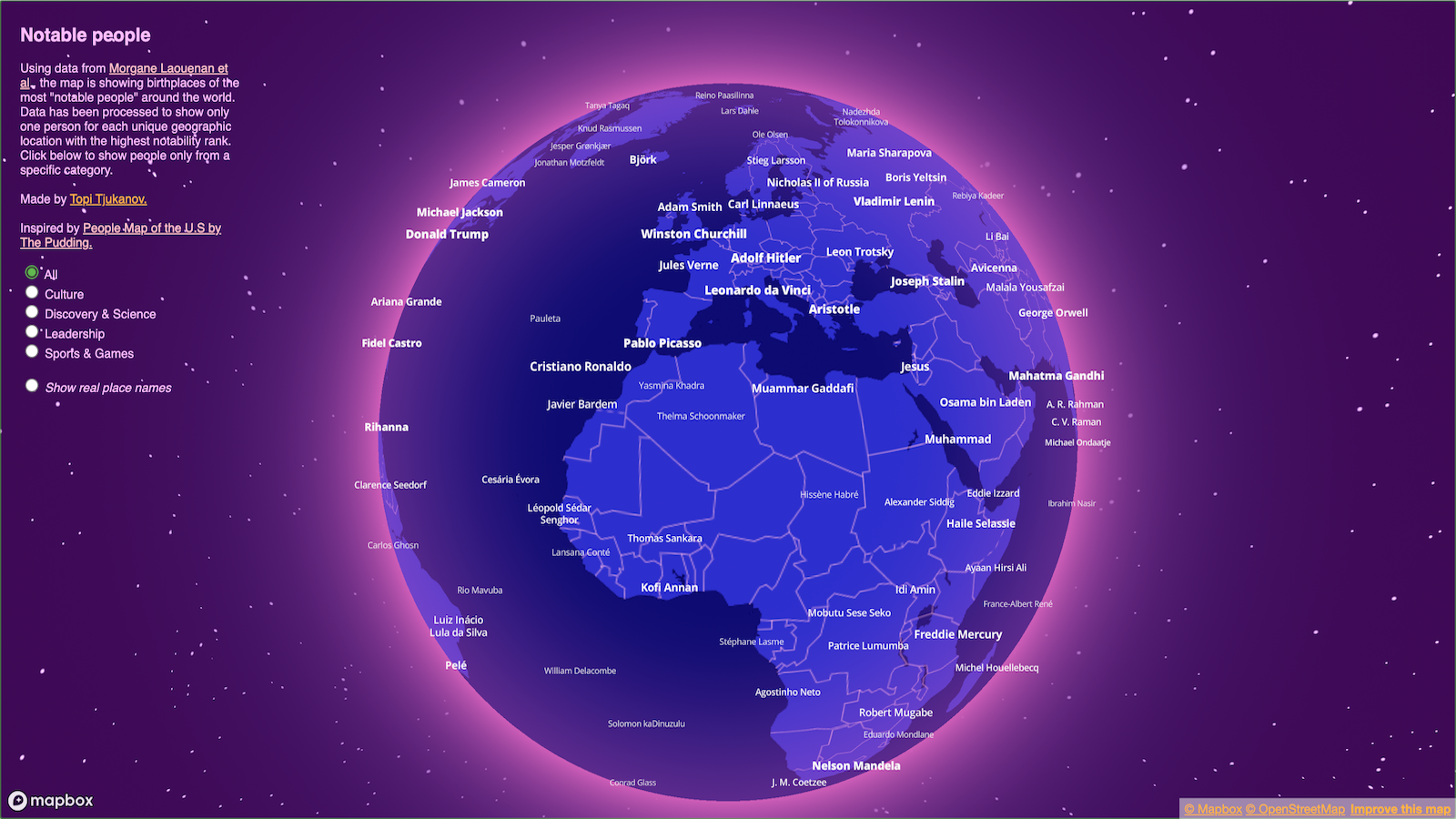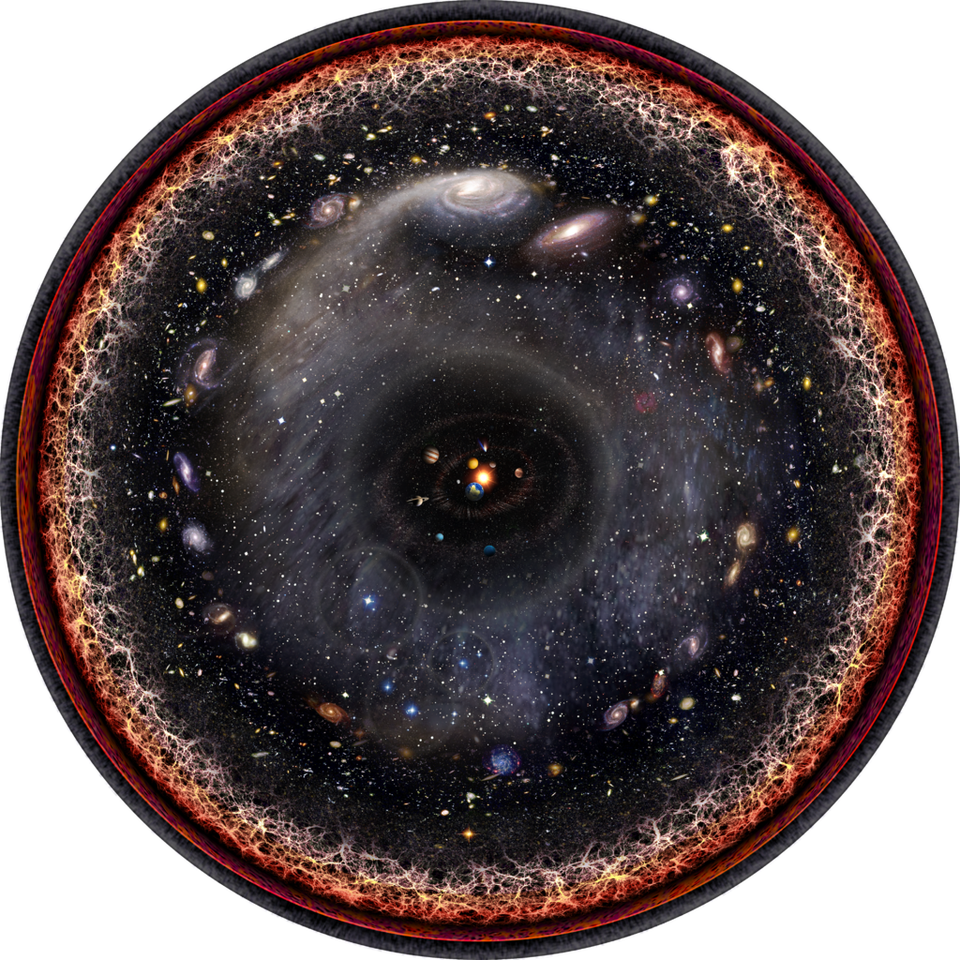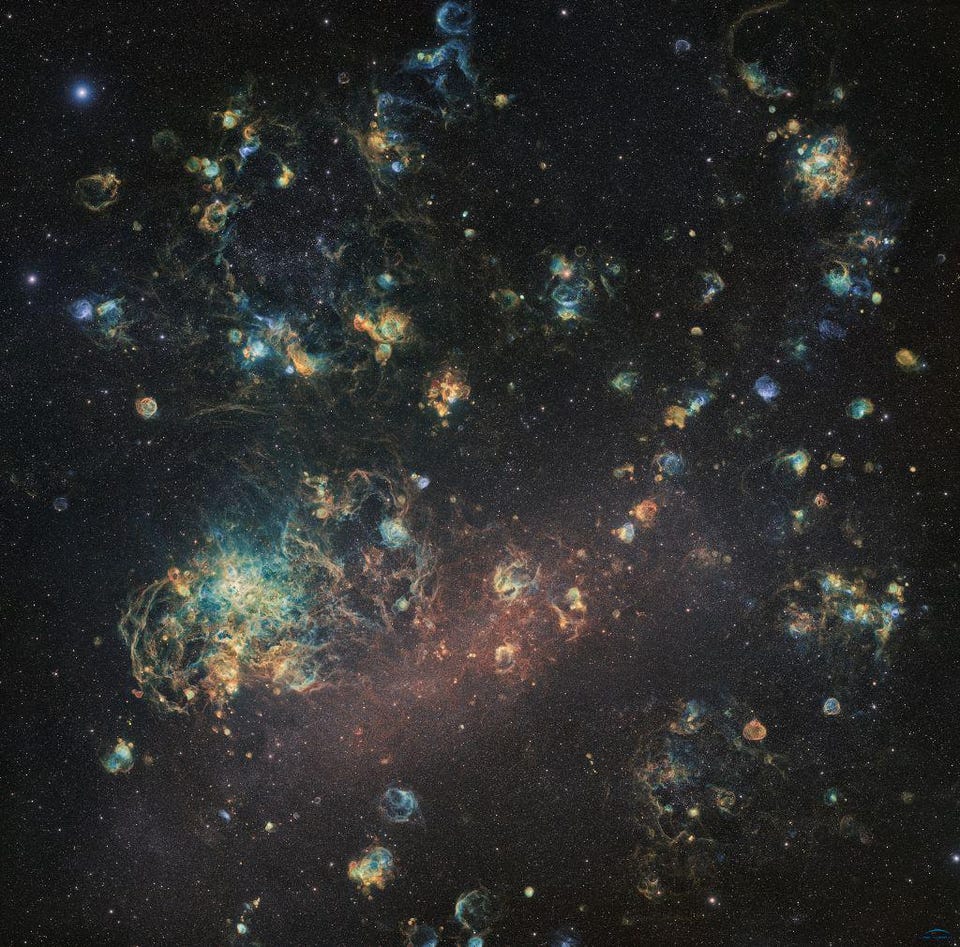Amazing view of galaxies that look like they’re colliding, but aren’t
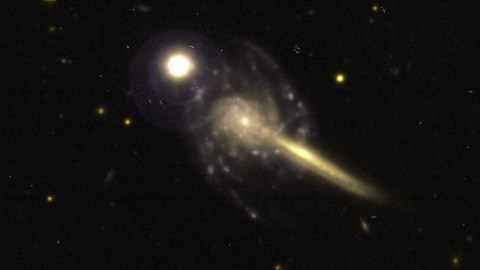
These cosmic optical illusions are more common than you think.
“I know there is strength in the differences between us. I know there is comfort where we overlap.” –Ani DiFranco
If the Universe were truly infinite, you could look forever in any given direction and eventually run into stars or galaxies.
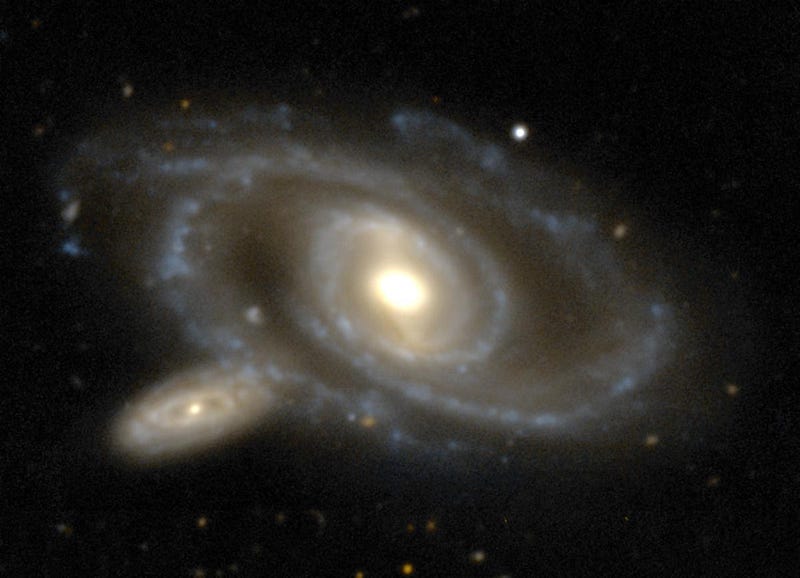
At 46.1 billion light years in any given direction, with hundreds of billions of galaxies inside, most regions of the sky don’t just have one galaxy, but many.

Sometimes, these galaxies are close together in physical proximity, leading to gravitational interactions, disruptions, and eventually mergers. But sometimes, it’s just a coincidence.

When you look out at the sky, what you see as a two-dimensional region is actually a three-dimensional cone.

Sometimes, multiple galaxies at different distances appear to be right atop one another, even overlapping.
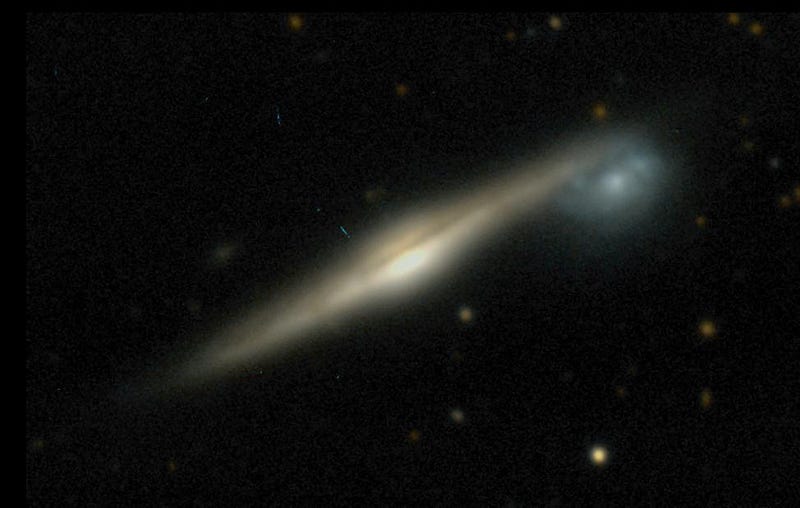
While interacting galaxies — ones in the same physical location — show increased rates of star formation, these “coincidence” galaxies are all quiet.

Researcher William Keel has been involved in identifying and cataloguing these galaxies for a long time, having identified 88 himself.

The Sloan Digital Sky Survey and the citizen science project Galaxy Zoo have teamed up to push the number known past 1,000.
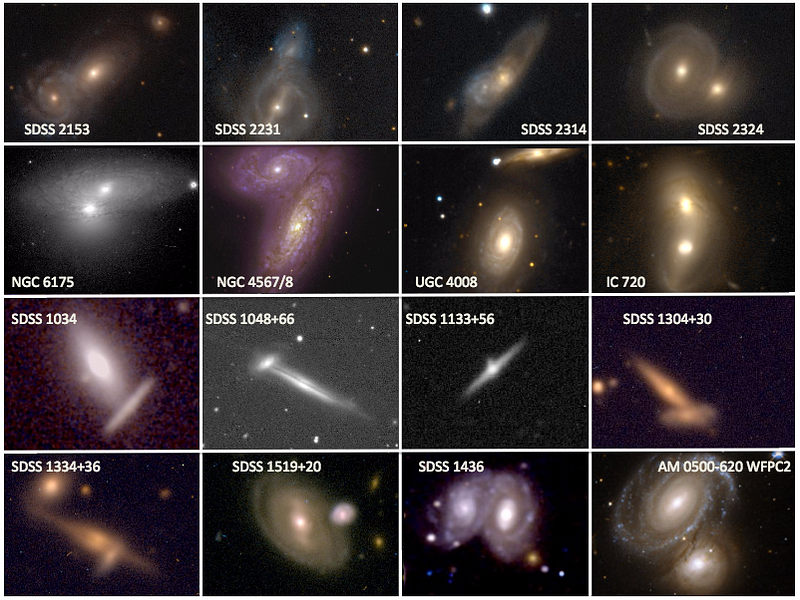
With no disruption, gas stripping, weird shapes or intense starbursts, these galaxies are spectacular for our eyes alone, nothing more.

Mostly Mute Monday tells the story of a single astronomical phenomenon or object in visuals, images, video and no more than 200 words.
Leave your comments on our forum, and check out our first book: Beyond The Galaxy, available now, as well as our reward-rich Patreon campaign!

